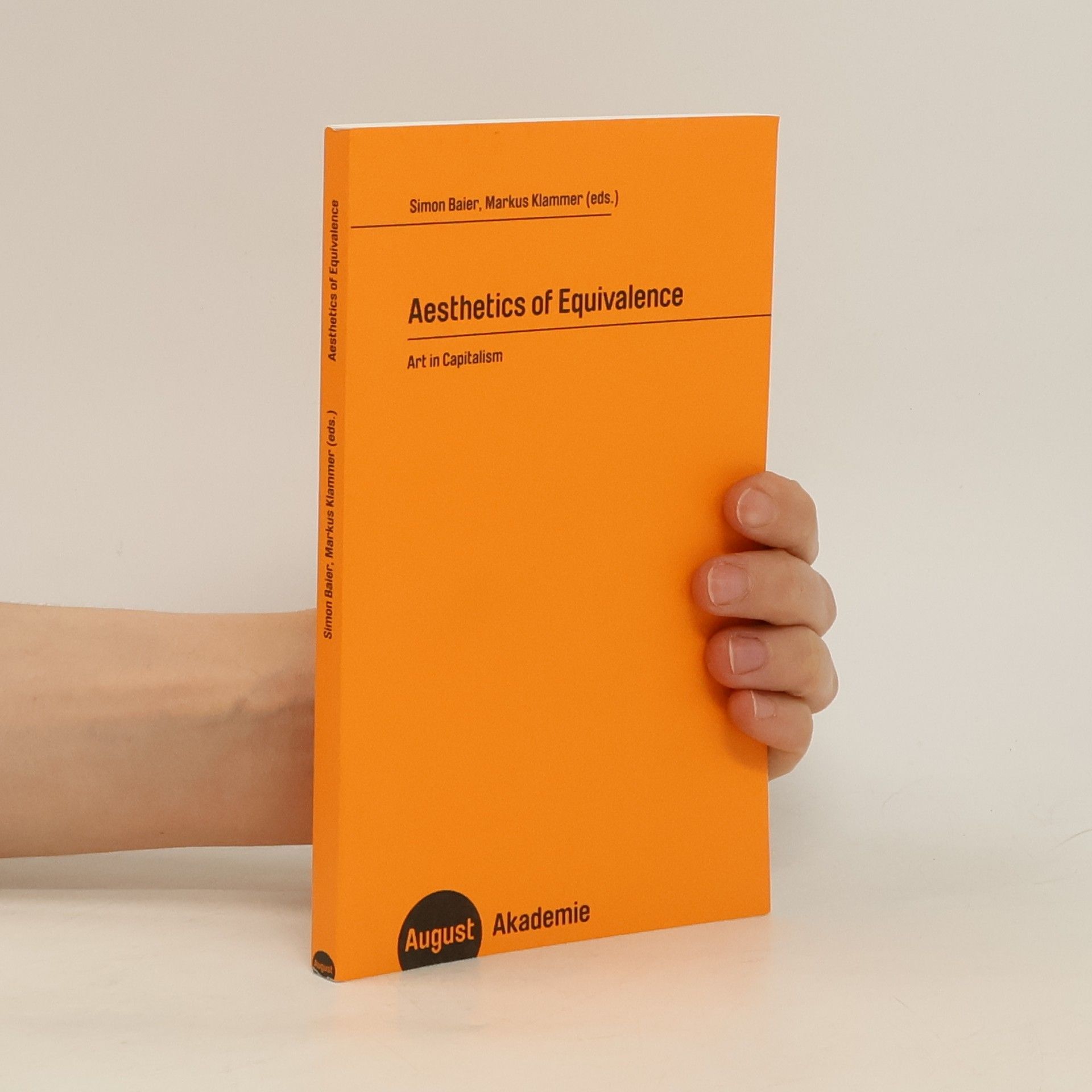Kazimir Malevich
- 216 pages
- 8 hours of reading
Kasimir Malewitsch, der Schöpfer von Das schwarze Quadrat auf weißem Grund (1914/15), das längst zur Ikone der Moderne geworden ist, publizierte 1927 im Verlag des Bauhauses seine Vision einer »Welt als Ungegenständlichkeit«. Der damalige Titel von Malewitschs lange Zeit einziger Publikation in westlicher Sprache lautete, etwas ungenau übersetzt: Die gegenstandslose Welt. Der vorliegende Band bietet eine Neuübersetzung des illustrierten Künstlertextes und grundlegende Forschungen zu den vorbereitenden Zeichnungen zur Bauhaus-Publikation, die sich im Bestand des Kunstmuseums Basel befinden. Die intensive Auseinandersetzung mit diesen Arbeiten liefert neue Erkenntnisse zur Entstehungsgeschichte des Werkes: Wann und wo sind die Illustrationen entstanden? Welchen Punkt in Malewitschs künstlerischer Entwicklung spiegeln sie wider? Malewitschs Welt als Ungegenständlichkeit erweist sich so als Momentaufnahme eines grenzenlosen künstlerischen Universums. (Deutsche Ausgabe ISBN 978-3-7757-3730-2) Ausstellung: Kunstmuseum Basel 1.3.–22.6.2014

